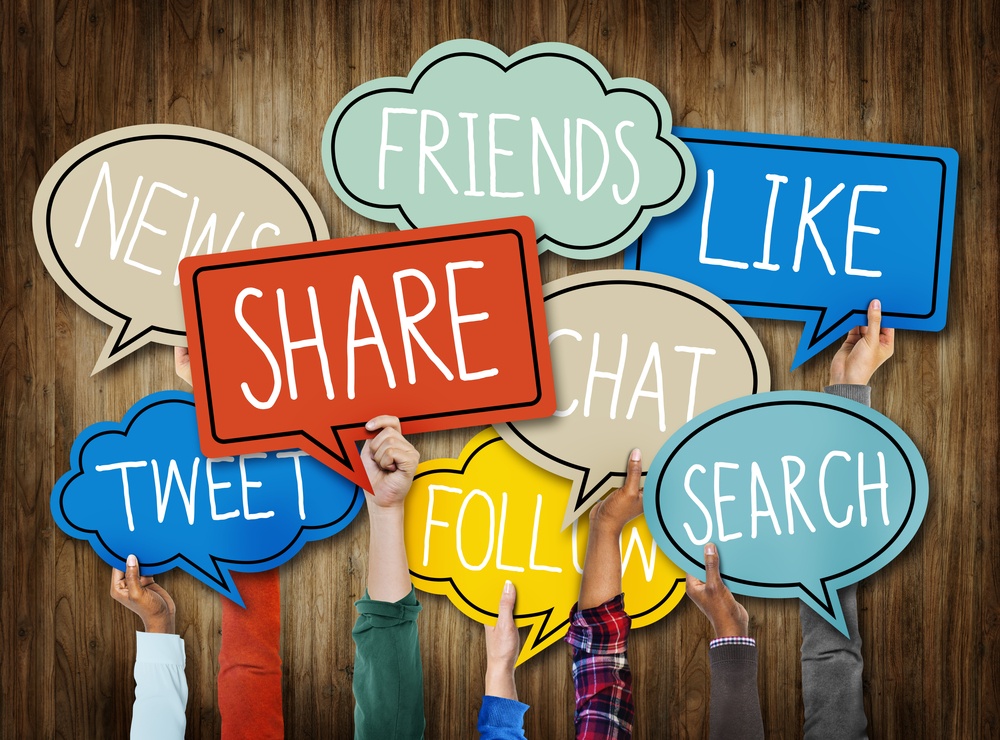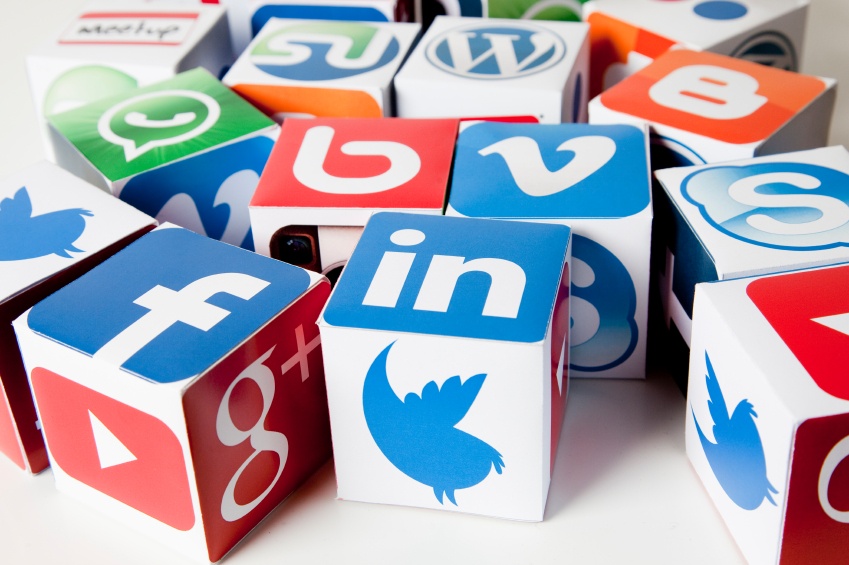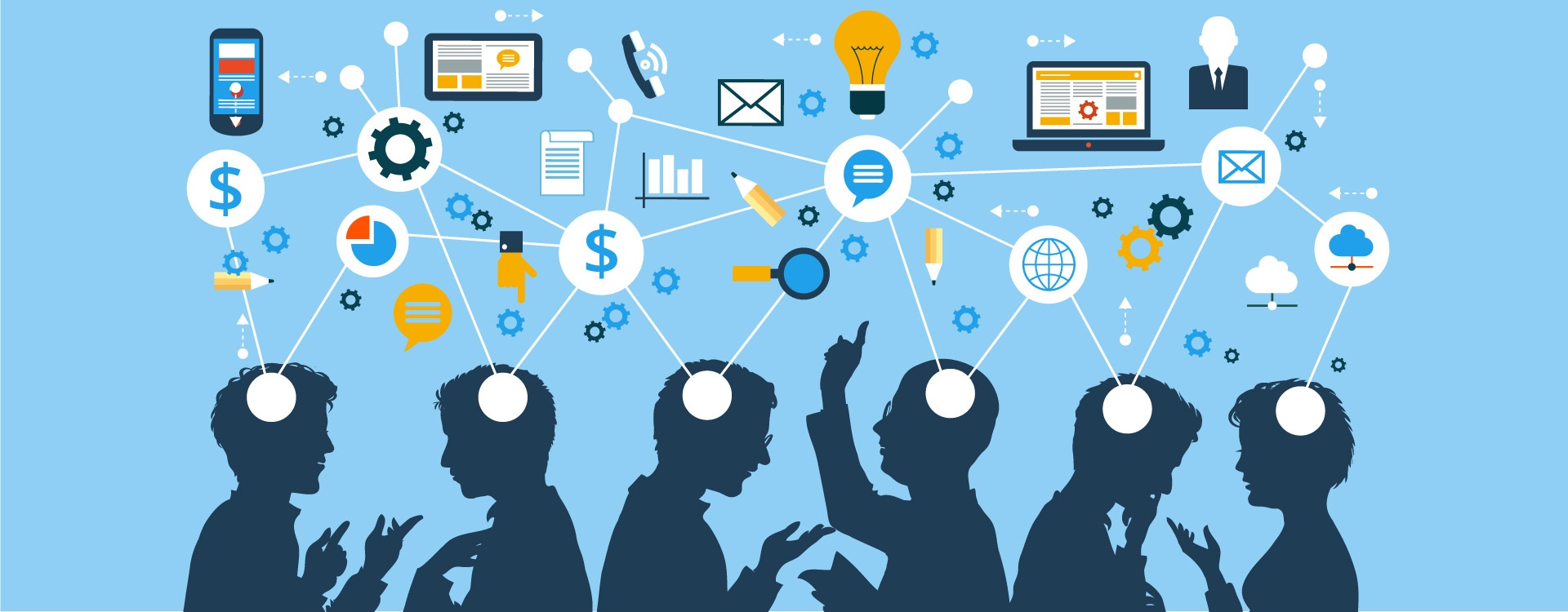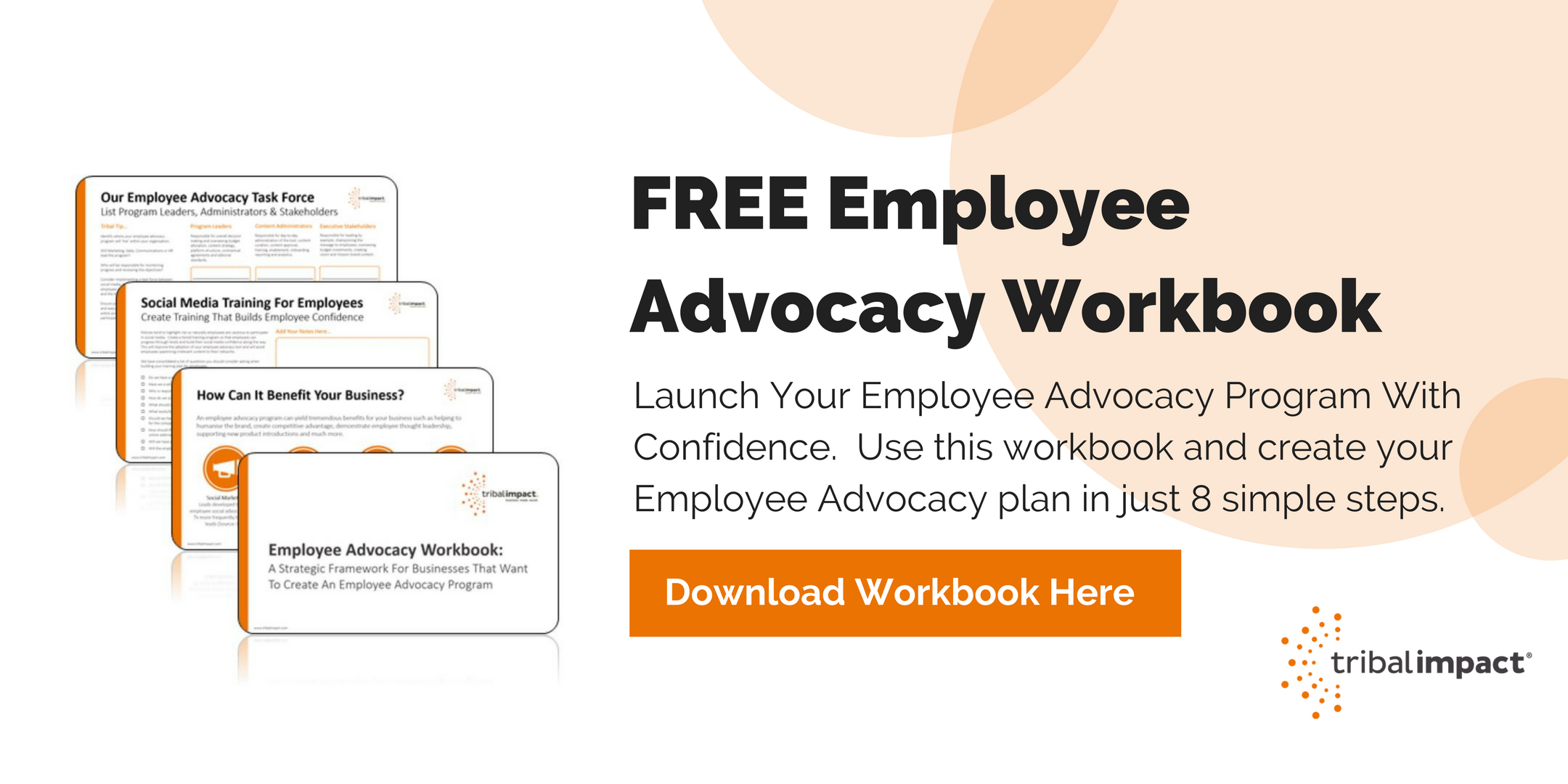Happy new year! After a ‘social free’ couple of weeks off with my family I’ve had the time to totally unwind and re-calibrate ready for the new year ahead. Well, the sun is shining, I started my day with a Starbucks and as I begin connecting with people again I’m feeling excited for the year ahead. Here are my social business predictions for 2017. Any to add in the comments? Would love to hear your perspective.
Better Together: Employee Engagement & Customer Experience

According to the 2016 Deloitte Global Human Capital Trends Survey, employee engagement, like culture, has become a CEO level issue. 85% of executives rating engagement as an important priority for their business.
Nothing new, but 2016 felt like a pivotal year where businesses started to discover the measurable impact between employee engagement and customer experience.
David Ulrich, a professor of business at the Ross School of Business at Michigan, has conducted research that he suggests demonstrates that for every 10% increase in employee engagement levels, a company’s customer service levels go up by 5%, and profits by 2%.
This great example from Ritz-Carlton goes to show the importance the brand places on employee involvement. I love this quote:
Your goal as a leader…is to bring out the optional efforts of your employees, the extra efforts that are not on their daily checklists or job descriptions but that can make all the difference in how customers feel about your company - Isadore Sharp, Founder of Ritz-Carlton
Companies need to take culture seriously. It impacts recruitment, sales, marketing and supplier relationships. Employees are the brand. It’s time to flip the “top down” pyramid on its head and empower employees to be the brand, not just advocate it.
Employee Advocacy Is A Program. Not A Tool.

If I’ve seen one common mistake in 2016 it’s been regarding employee advocacy tools. The tools are great but too often companies rush into buying them expecting employees to readily share branded content. It’s fine for a few months but then usage may plateau or even decline and the investment is questioned.
I believe the market has learned its lesson. For employee advocacy to be successful it needs to:
- Employee advocacy is about the employee first and then the brand.
- Develop as a sustained program that’s integrated into employee on-boarding and retention programs.
- Address training, tools and content mix in equal measure. This shows that employee advocacy is a long term investment and not a culture quick fix.
From Content Marketing To Content Culture

I read a rather alarming article the other day that suggested the best tool for content marketers in 2017 was a transcription tool so we could all create more content with greater speed.
Eeek! Stop right there. We don’t need more content. What we need is better quality content.
The latest B2B Content Marketing Institute research shows companies spend 28% of the marketing budget on content, 51% expect that to increase in 2017. Yet the top challenge for 60% of marketers is how to produce more engaging content!
Here’s an idea.
Your employees are experts in their field.
They are talking to your customers, they hear the issues and they will often know the answers to those issues. Empower and enable your workforce to contribute and create content that’s highly relevant to your customers needs.
It’s cost effective, provides value to your customer and flips the brand-first mindset on its head. The brand gets behind employee content and not vice versa.
Social Business Predictions for 2017: A Multi Function Responsibility

In 2014, I wrote the post “All Aboard The Social Business Bus, But Who’s Driving?”. In all honesty, nothing has really changed. Some organisations employee communications will lead the charge. Other companies, mainly the tech sector, sales are leading with social selling programs.
When all said and done, I believe that 2017 will be the year when we see more collaboration across the business. Departments will begin to recognise the benefit that a social business culture brings to their area of responsibility. HR, Marketing, Sales and Internal/Employee Communications will unite under this common objective.
However, community decision making never moves quickly. Someone still needs to take ownership and lead the program. Could that be you?
Social Coaching For Leaders

“Digital transformation” – the buzzwords of 2016.
I’m sure that most businesses recognise the benefit of such transformation but leaders also need to digitally transform their habits. They need to lead by example, be accessible and more transparent if they’re to create a culture of trust and engagement.
A recent study from Hootsuite provided some insight into the opportunities that social executives have to lead, engage and empower their employees. Executives that are active on social receive 6.54 times higher engagement than their peers and 42% of staff social media performance can be attributed to the social media activities of executives.
I believe 2017 will be the year when leaders can no longer hide behind managed accounts. Authenticity will prevail and they will seek out executive social coaching from internal communication teams.
Social Selling Is Here To Stay

LinkedIn have announced some major changes to their Basic interface and we’ll start seeing those changes take effect throughout 2017. Most notably, the Advanced Search function will disappear from LinkedIn Basic – possibly the most valuable function that sales can use for free.
Not surprisingly, LinkedIn has come to recognise (and monetise) the value of their platform. This shift will push more companies to invest in LinkedIn Sales Navigator licenses (not cheap) and more consultants to become InStruct qualified (the official Sales Navigator training qualification).
That said, social selling goes beyond LinkedIn. Owning your digital identity may start with LinkedIn but as this “Digital First Impressions” post from Andrew Grill shows, your employee experts may need to invest time on other social platforms.
Either way, social selling isn’t going anywhere. Adoption will increase across every industry as businesses seek to drive a competitive advantage. Buyers are already ahead of the digital curve.
A Social Business Is A Mobile Business

According to Forrester, 64% of businesses allow their employees to have mobility enabling them to work on the go, anywhere in the world and keep up with the 24/7 pace of global business. Despite this shift, a Gartner study shows that only 23% of employees are given corporate issued smartphones.
I believe we’ll see a fundamental shift in mobile adoption within the workplace this year, where a BYOD (Bring Your Own Device) policy will encourage employees to connect with each other, to customers and their wider network.
A study from Webexpenses showed that almost two-thirds (63%) of people who do use apps at work report that their favourite mobile tools save them time – up to 6 business hours per month.
Encouraging employees to become social professionals will inevitably blur the lines for those employees that want to separate their work life from personal life. It falls to the employer to make sure employees are social media aware – that they understand the risks and opportunities social media presents.
Move Over Intranet – Enterprise Social Networks Are Here

McKinsey predicts that by the end of 2017, 70% of companies will have an Enterprise Social Network (ESN). These platforms are finally going mainstream and have the potential to dramatically shift organisations towards social business utopia.
Deploying an ESN is one challenge. Getting employees to use it will be the next.
I believe that 2017 will be the year to focus on increasing the usefulness and utilisation rates of ESN tools within the workplace - a digital shift in the way employees communicate with each other, with customers and with leaders.
Intranets will eventually expire as employees become more comfortable with sharing, collaborating and communicating. Communities will develop organically across employee groups that share common interests.
======================================================
So, there you have it - my social business predictions for 2017. Agree? Disagree? Any to add based on your experience? Would love to hear and add to the list.
Related Post: Employees: Brand Ambassadors or Brand Assassins


